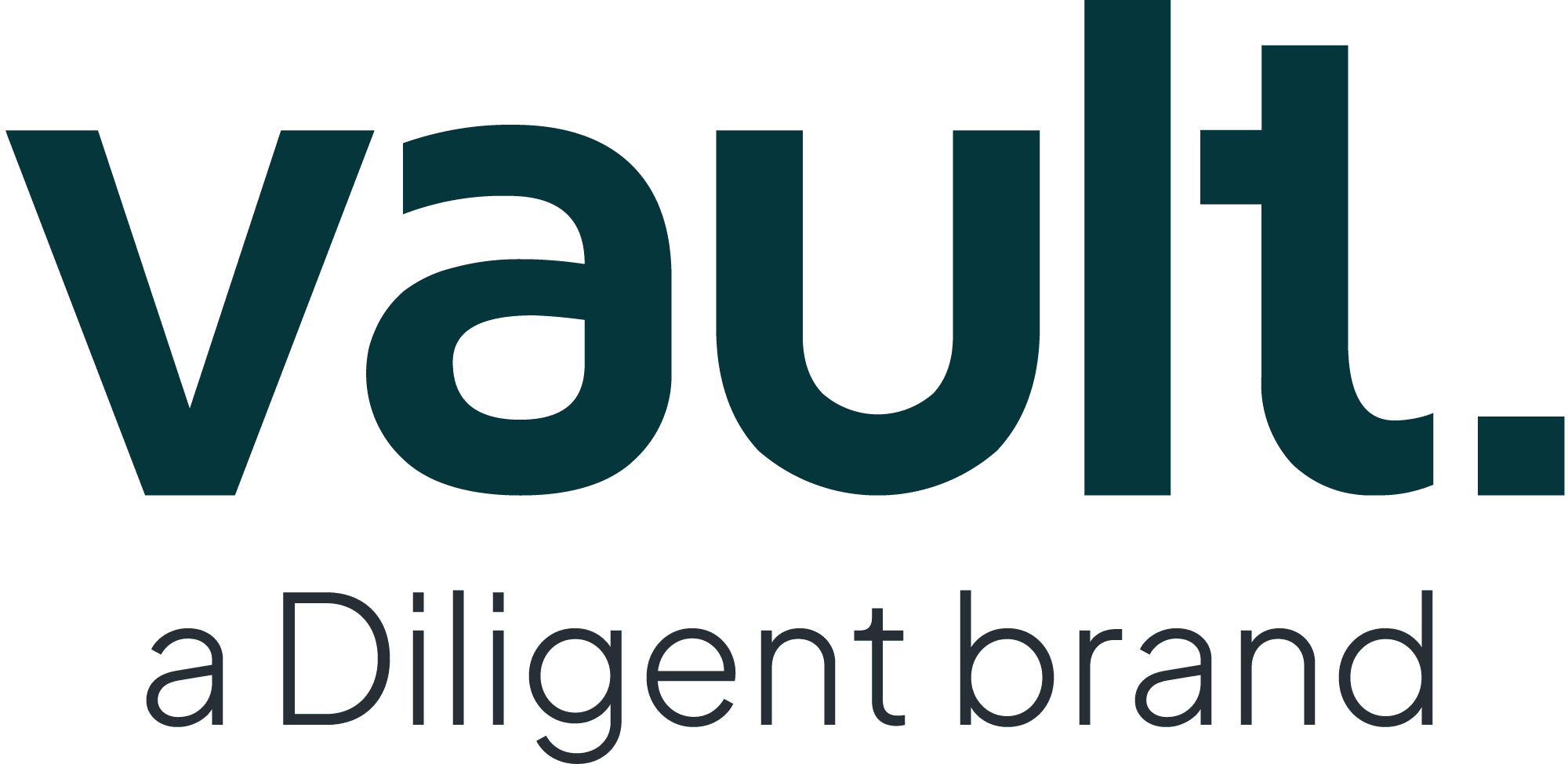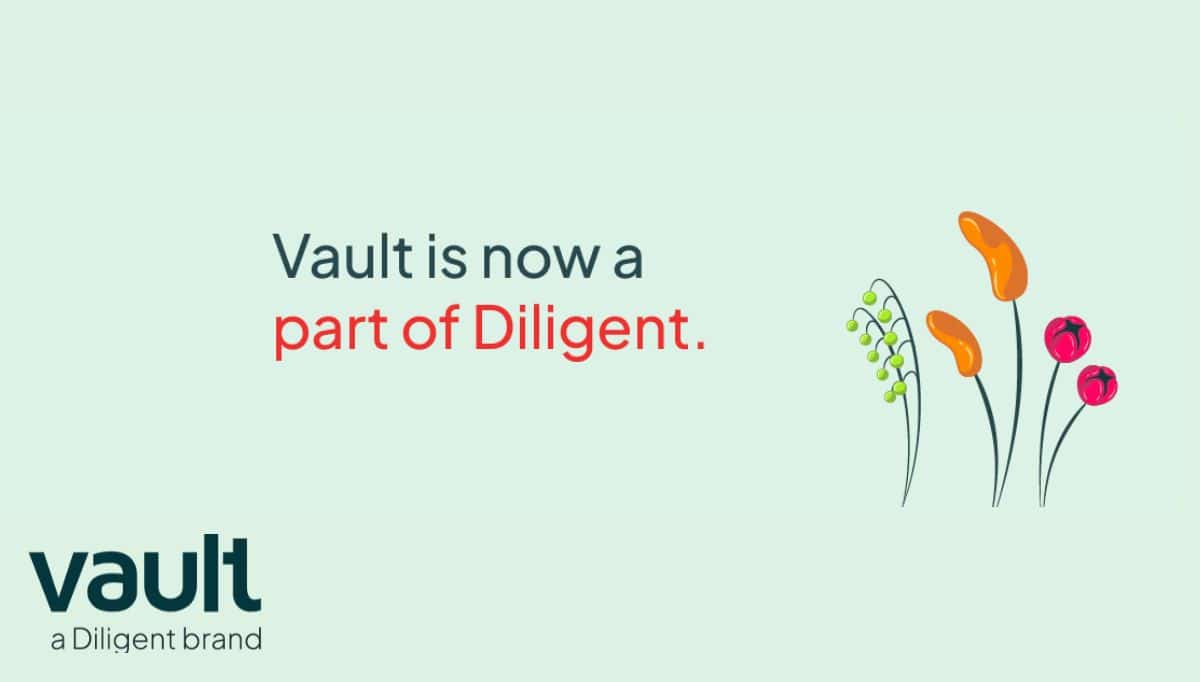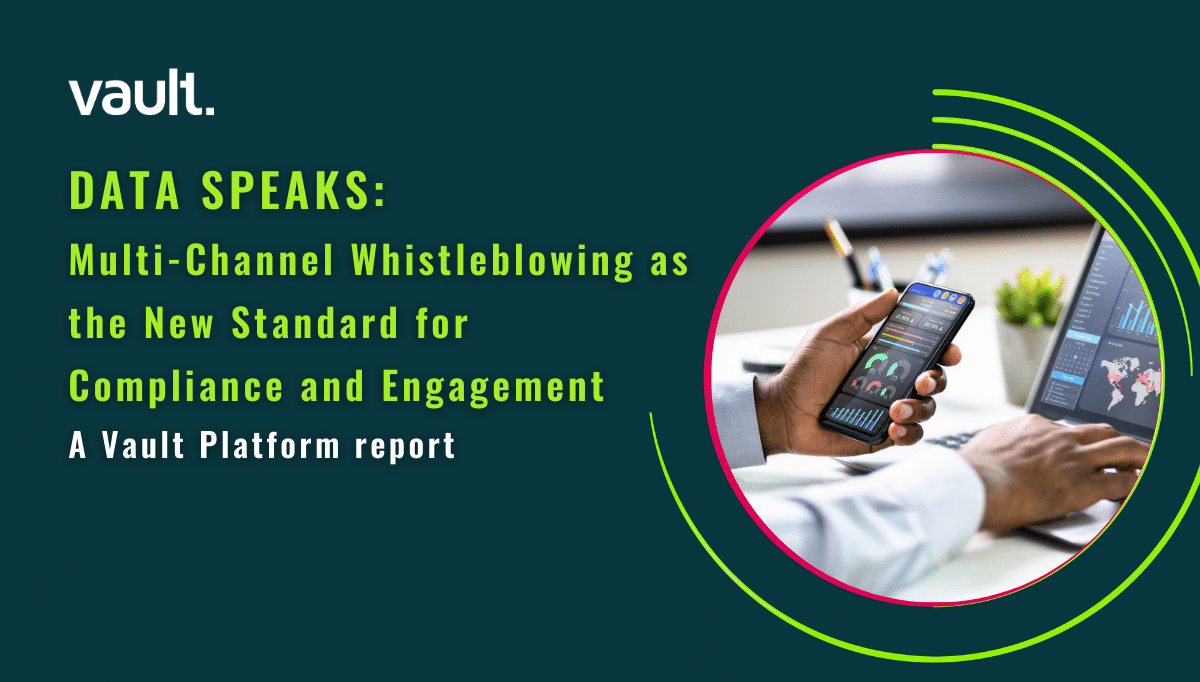Legislation differs from country to country, but for the most part employers around the world may be held liable if they do not exercise reasonable care to promptly deal with any sexual harassment or bullying behavior in the workplace. Not only is this part of the employer’s duty of care legally, but it’s also the very foundation on which trust between employees and the employer is based.
To maintain this trust, or help reestablish it should it be found lacking, it’s essential to implement a misconduct reporting and recording system that employees also trust. The legacy tool for this purpose is the anonymous hotline, a system that has remained unchanged for decades and is in dire need of an overhaul. Hotlines, for the most part, are outsourced to a specialist provider that will have a call center handling the inflow of calls. Your organization is just one of many customers accessing this shared resource, which brings with it sixteen inherent challenges:
- Your employee has been calling the hotline but there is no agent available
- Your employee has to make time in their day to make the call. This can prove inconvenient and time restrictive
- Your employee has to find somewhere private to make the call and is afraid of being overheard
- The conversation is difficult and frustrating as the agent doesn’t understand what the employee is trying to say, or the employee doesn’t understand the agent
- English is not your employee’s first language and it’s difficult to articulate the incident report in real time
- The agent doesn’t work for your organization and doesn’t understand its particularities. This can make it challenging to establish context for the incident
- The agent is a call center representative employed by the hotline provider and has no investment in your organization. This can make them seem disinterested or impersonal
- Your employee may be feeling vulnerable and traumatized and may find it embarrassing to speak on the phone
- Your employee has no visible assurance that the communication is confidential and secure. If it is an anonymous report they may worry about their anonymity
- The experience can feel like shouting into a well as the employee has no tracking or follow up options and may feel like no action was taken
- If no action appears to have been taken (even though it has been in the background) then the employee may feel the case was not handled fairly
- By calling a hotline the employee may feel like they need to report a ‘major’ incident but in reality, reports might be made up of lots of smaller incidents over a period of time. The employee might feel discouraged from reporting a ‘smaller’ incident
- The employee cannot submit visual evidence such as screenshots of messages or photos over the phone
- A reporting mechanism that allows written entries into a report over a period of time allows the employee greater clarity of thought and means they can revisit their entries when they are feeling less emotionally vulnerable
- Hotlines were first introduced decades ago when telephones were the most obvious means of communication. Times have changed and the telephone is not necessarily the preferred medium especially for Millennials and younger generations
- Hotlines are not particularly efficient for your organization either. The HR professional or similar tasked with investigating the claim will be given a report collected by a third party supplier and will then have to invest time and resources into their own investigation
Cultivating a Speak Up Culture
There is also the cultural impact to consider and various psychological phenomena that apply here and raise the barrier to create a ‘Speak Up culture’. One of these is the diffusion of responsibility, whereby each individual believes they only have limited power to make an impact resulting in them thinking it won’t make a difference. Kickstarting the entire reporting process by having employees call into a third party with no vested interest in the organization (other than being a paying customer) already sends the message that misconduct incidents are not something dealt with in-house. While only offering an anonymous hotline suggests that if you speak publicly, you’re likely to be punished.
The design of the anonymous hotline compounds the problem by isolating people submitting reports – incident reporters do not know whether they are a lone voice or one of many, which makes the process more intimidating.
Already, employees are afraid of being targets of retaliation or reporting an incident having an impact on their job. Trust works both ways – to gain your employee’s trust, you should develop relevant policies to encourage a ‘Speak Up culture’ and in return, they will trust you have their best interests and the ethical interests of the business at heart.
Finally, you can always buy tools to help you build a healthy culture, but you can’t buy culture itself. If you don’t support the creation of that culture organically, there aren’t any tools that will save it.






